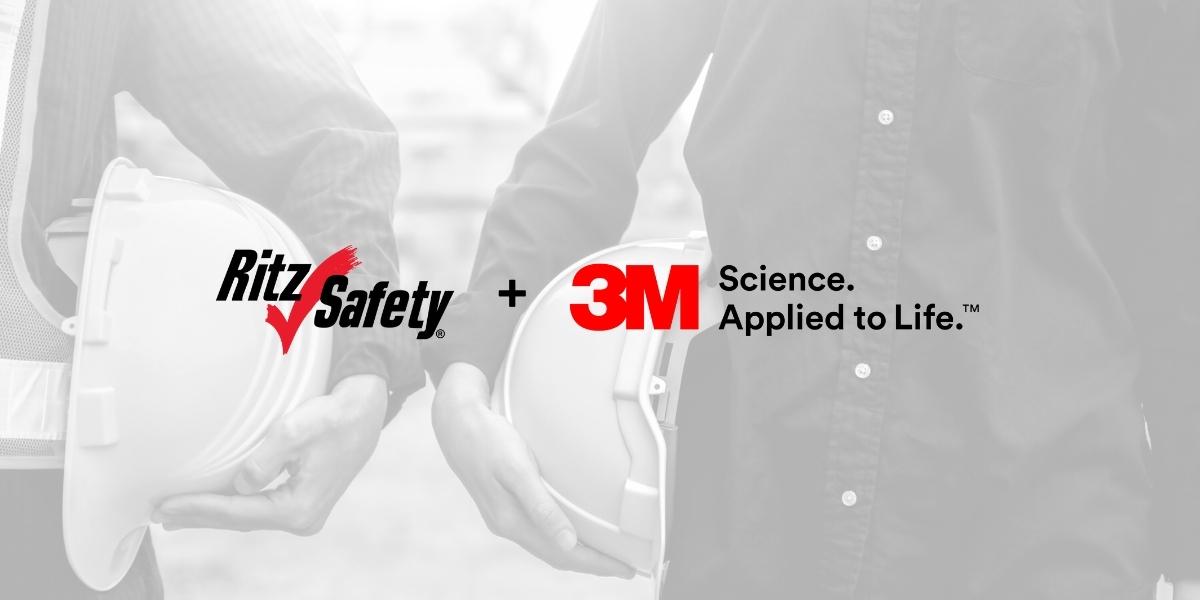
Hard Hats vs. Bump Caps - What's the Difference?
According to the Bureau of Labor Statistics, there’s roughly 40,000 head injuries every year that result in at least one day away from work. How many of these were caused due to not wearing any head protection? Head protection is an important part of keeping our workers safe. Together, Ritz Safety and 3M are working to provide many different head protection options. But knowing what head protection is adequate may be a little confusing when you need to pick between bump caps and the many different hard hat options. Aren’t they all the same? Not exactly. While both are obviously a form of head protection, there are quite a few differences between a bump cap and a hard hat.
Bump Caps:Bump caps are injection molded plastic shells that are usually encased in an outer baseball cap style hat. Their main purpose is to provide protection against worker-generated impacts, or small impacts that happen when a worker bumps or knocks into a stationary object. These impacts are usually less severe and hence don’t need as much protection. However, they still can cause nasty cuts and concussions, establishing the need for at least some protection. As a result of being made of just plastic, foam for comfort, and the outer baseball cap, bump caps are much thinner and lighter than a hard hat. But this also means they only provide the basic level of protection and should not be used as a substitute in places where hard hats are required. Thanks to their construction, however, they provide a nice and secure fit to the head, which works well in confined spaces. Common applications for bump caps are those working in food and beverage manufacturing, workers installing products in roofs and voids, baggage handlers and airport employees working in baggage holds, and mechanics working in, around, and under vehicles.
Hard Hats:
Hard hats, on the other hand, while still usually injection molded, are made of much heavier-duty materials such as polycarbonate or fiberglass. They also are manufactured with an inner suspension system that not only secures the hat to the workers head, but acts like a shock absorber and provides space between the hard hat and the head so any impacts are less likely to be transmitted to the skull. For this reason, hard hats are used as protection against object-generated impacts, or larger impacts caused from falling or moving objects. As you can imagine, these types of impacts need a higher level of protection than a bump cap would provide. Because of the inner suspension system, hard hats protrude off the head a small amount, potentially making them feel less secure and not the best option in confined spaces. However, there are many other times when they are needed, such as in construction and utility jobsites, oil and gas, road work, forestry, mining, general site work, at-heights work, and any times where there is risk of impact from falling or moving objects. If you do need a hard hat, you also need to figure out which style of hard hat best fits your needs. There are a few different types and classes that differentiate hard hats.
There are two different types of hard hats that relate to what areas of the head they are designed to protect:
Type I – These hard hats are tested for impacts on the top of the head, so are only designed to shield workers from dangers that come from above.
Type II – If you are working in an area where there is chance of lateral blows as well as impacts from above, these hard hats are tested to protect against both.
Hard hats also come in three different classes according to their protection from electrical conductors:
Class E – Class E hard hats are designed to also offer protection against electrical shock for up to 20,000 volts.
Class G – These hard hats still offer protection against electrical shock, but from low-voltage conductors up to 2,200 volts.
Class C – If you are not in need of protection against electrical conductors, Class C hard hats will work, as they are simply designed to protect you from blows to the head.
There are also different hard hats for different suspension styles you can choose from, based on what you prefer.
Pin Lock – This is similar to what is used to adjust baseball caps – while your hat is removed, press together two plastic bands and put your suspension adjustment in place.
Rachet-Style – This only requires you to turn a knob, usually at the back of the hard hat, to either tighten or loosen the hat in place.
One-Touch – This suspension type can also be adjusted while the hard hat is being worn by pinching and sliding the suspension.
Swing-Rachet – You need to remove the hard hat to adjust with this suspension style, but it simply self-adjusts with a reversible rachet.
Both:
While there are many differences between bump caps and hard hats, they are both there to ensure our workers are protected from impacts that could result in injuries, time off work, and even death. To get the most out of either your bump cap or hard hat, be sure to replace it after any significant impact, when necessary due to wear and tear, or per a recommended replacement schedule. Additionally, be sure to inspect before each use to ensure your head protection is in proper condition. Finally, be sure to choose the right head protection for your needs and that complies with all standards.
Protect yourself today with the right hard hat or bump cap for you! Check out all 3M head protection here!